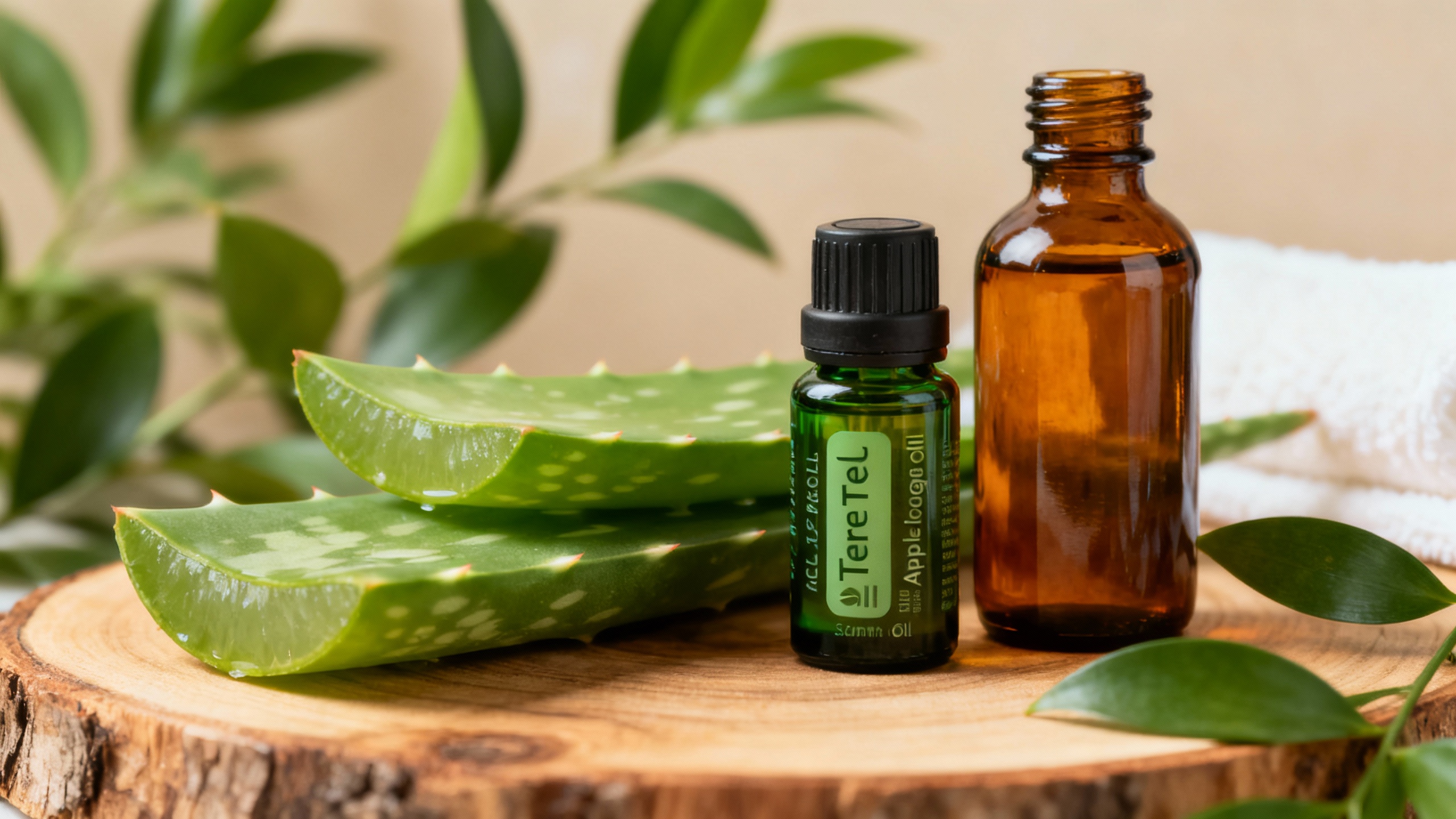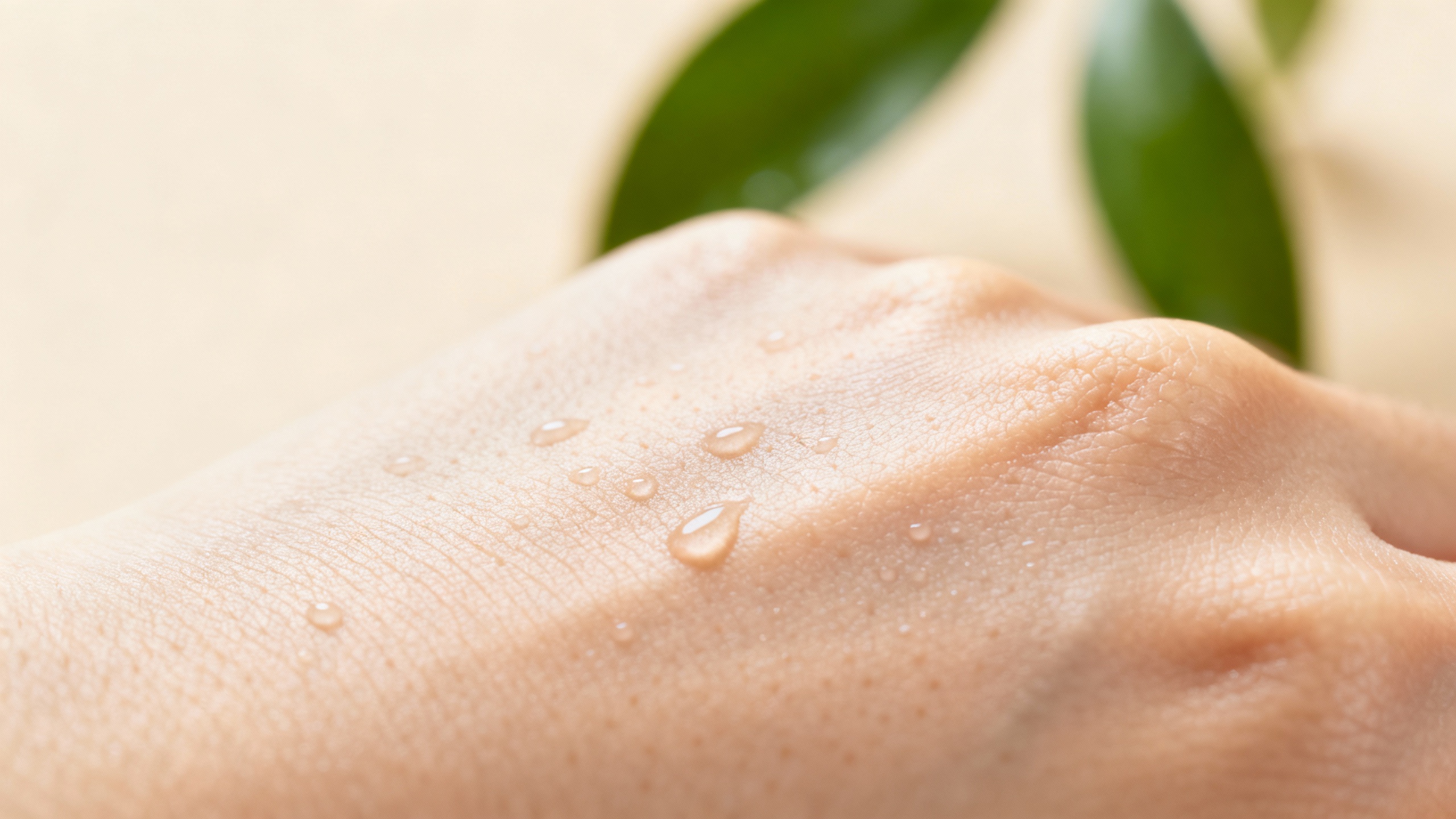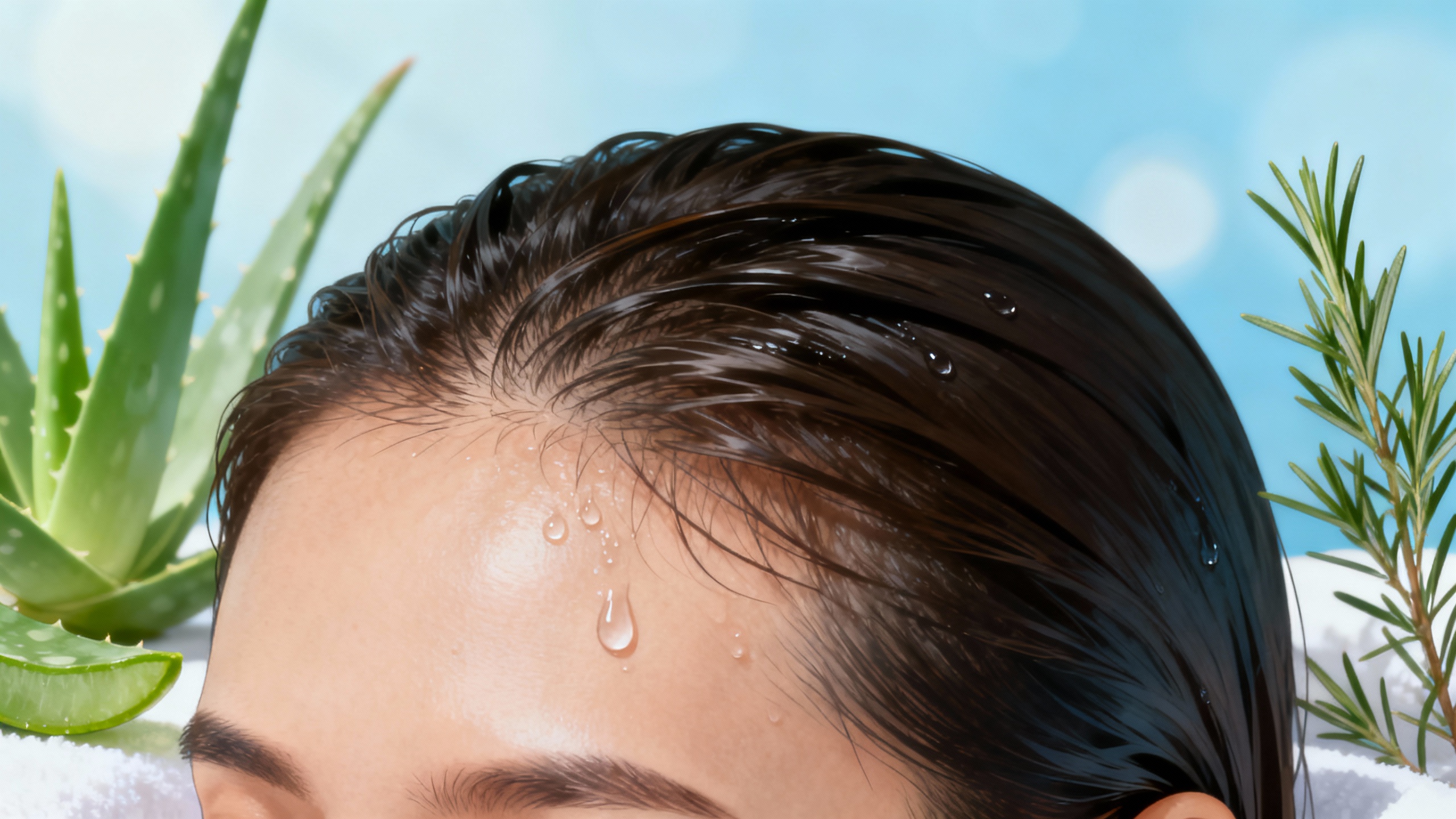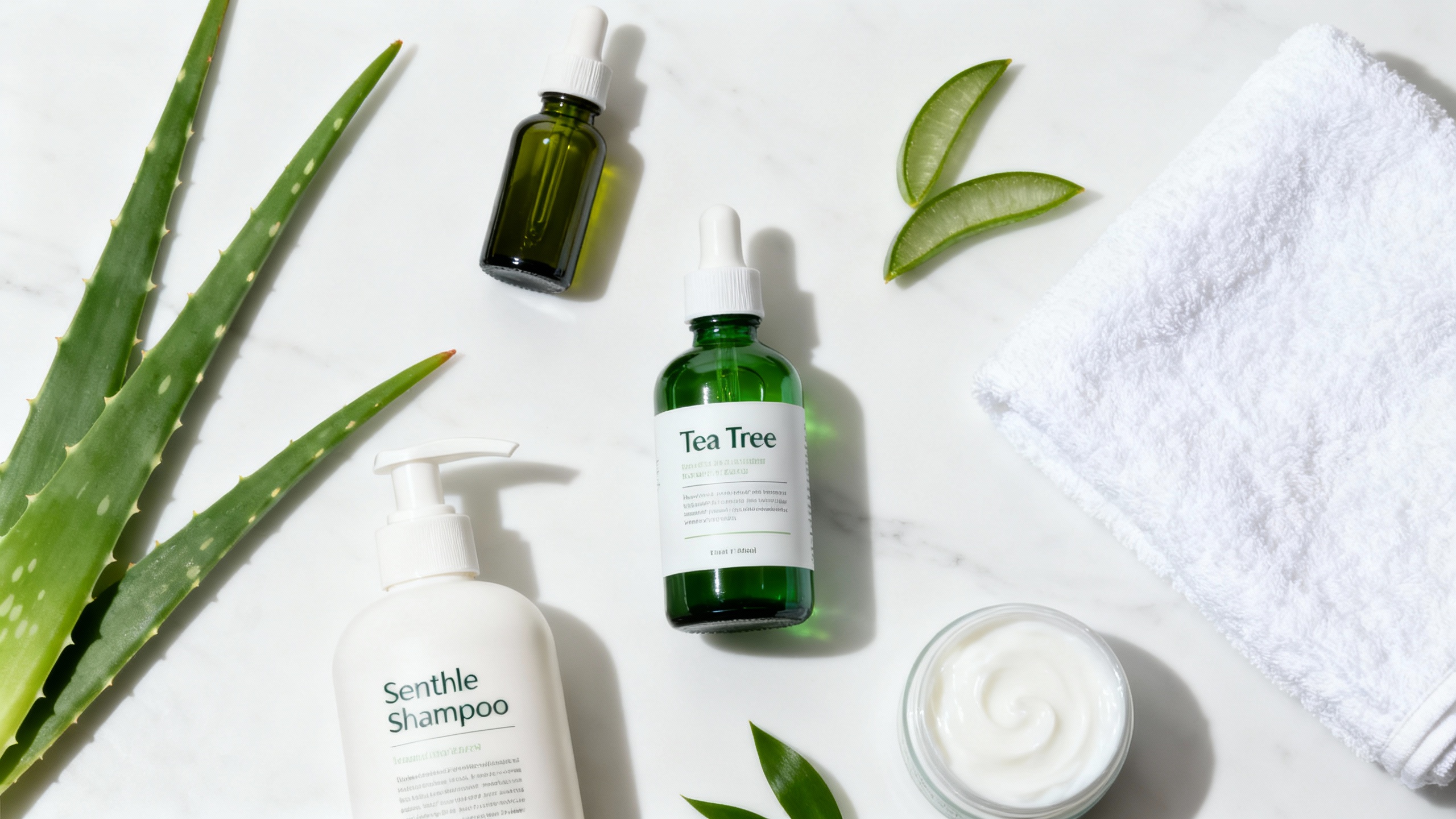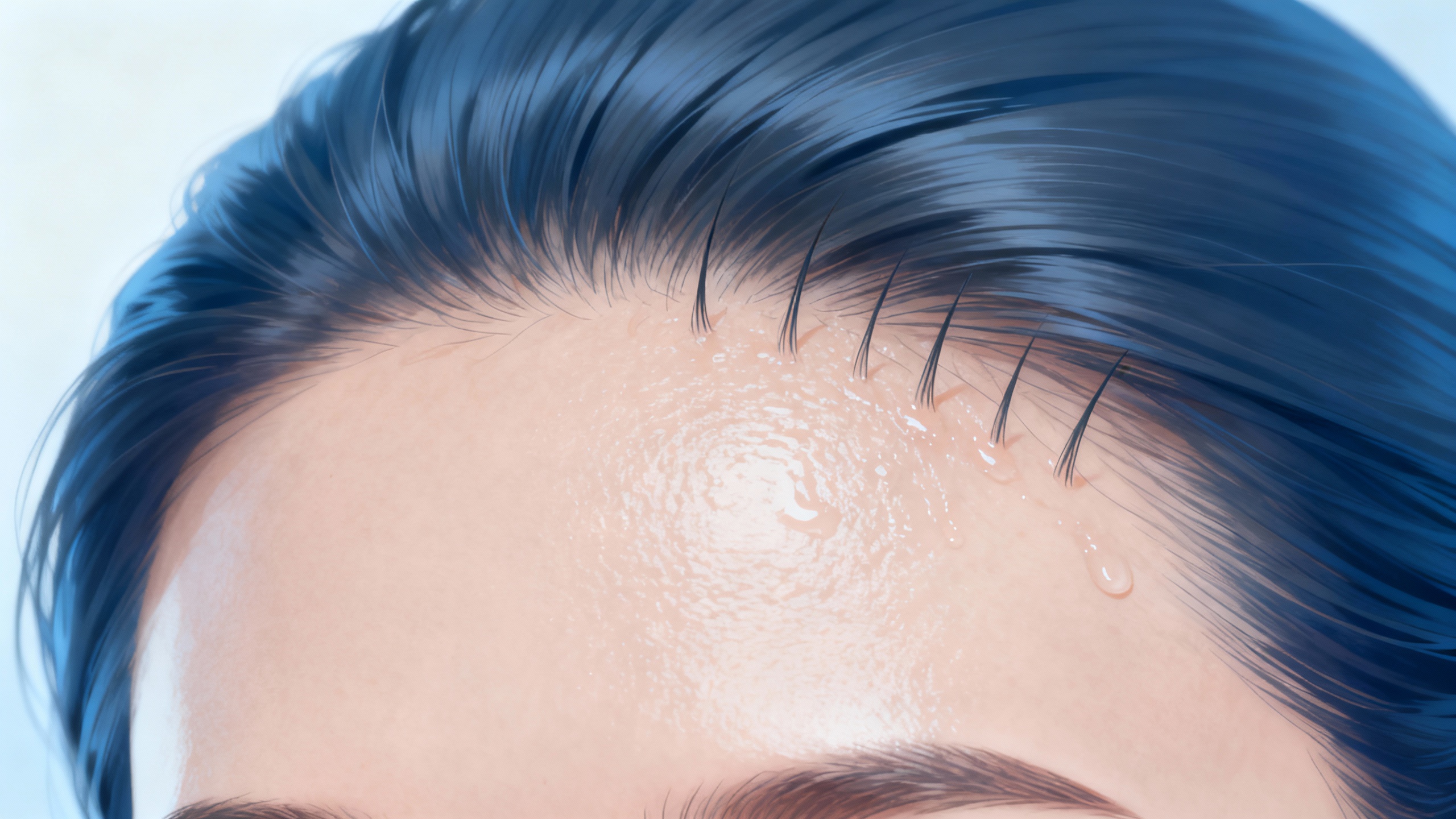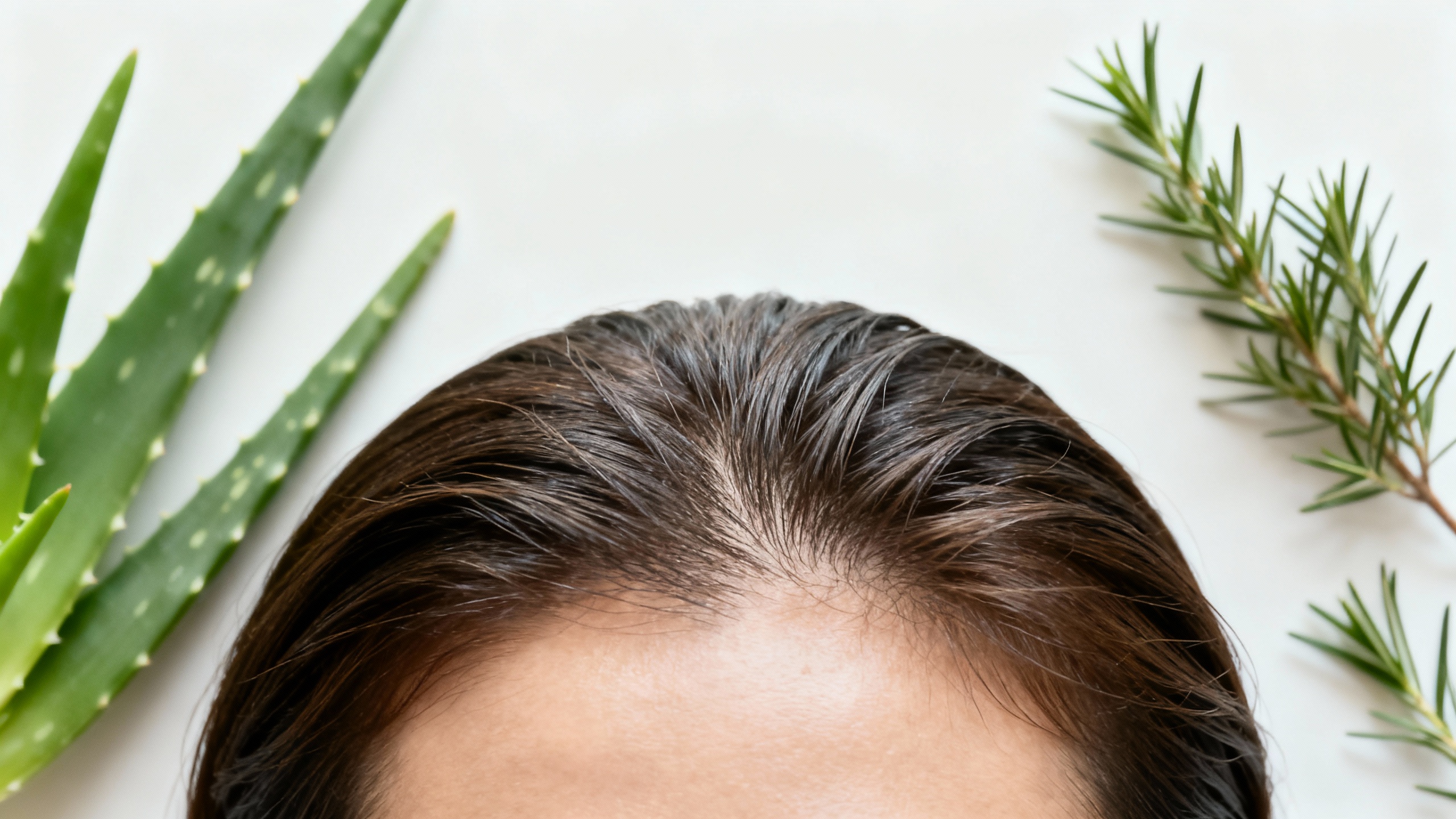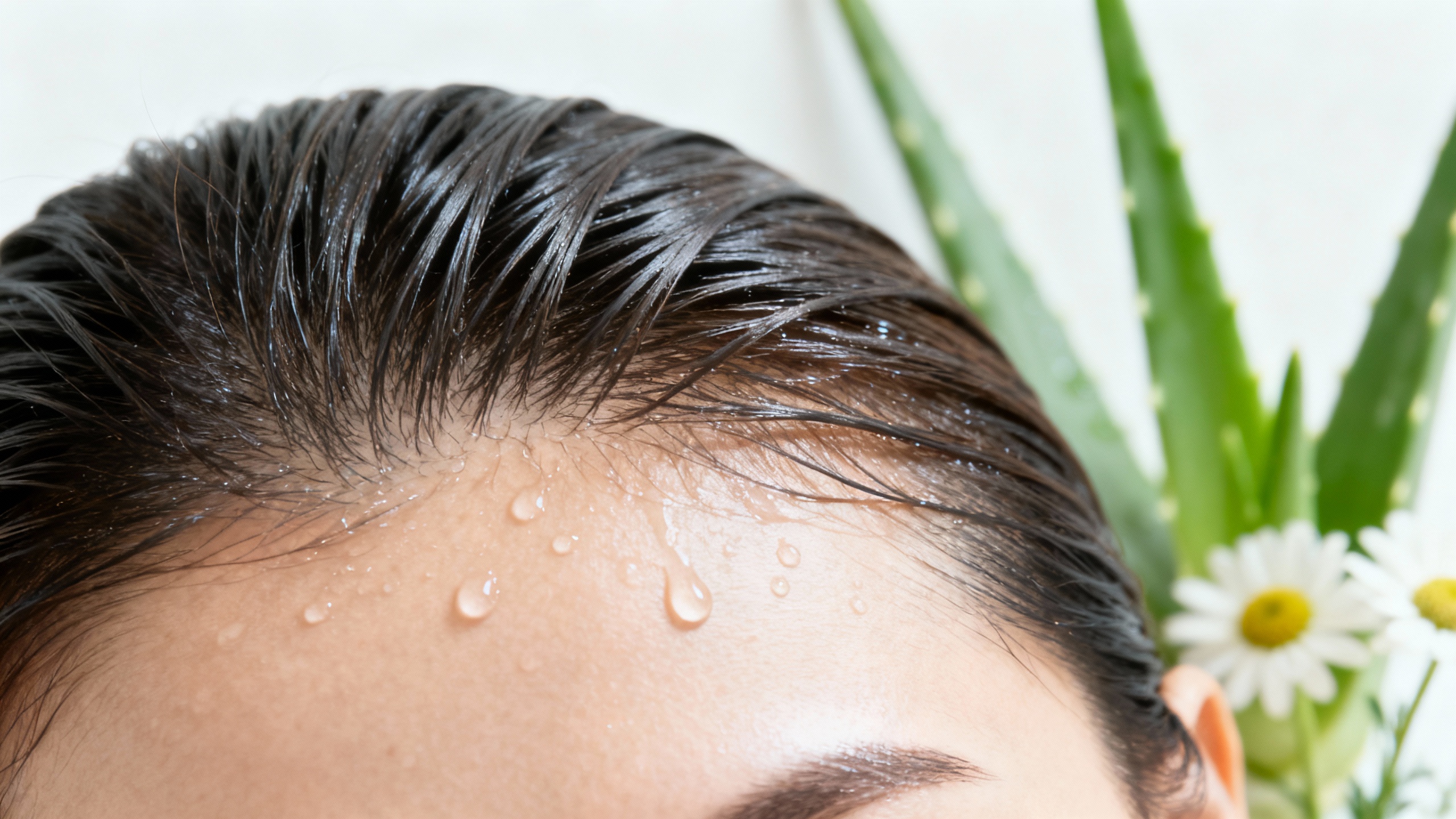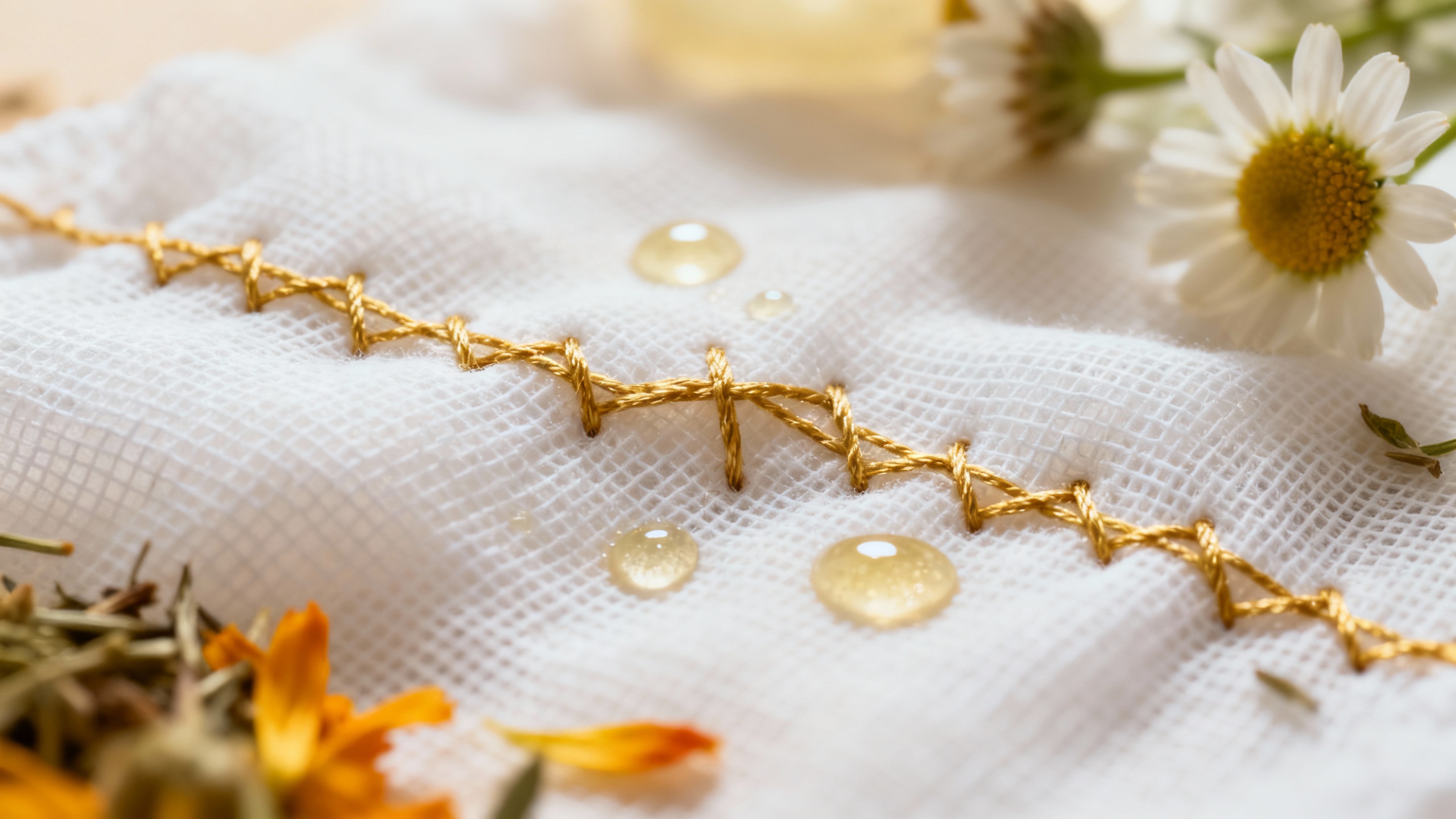From the medical intricacies to the personal narratives, our blog offers a panoramic view of the shingles condition. Let’s stitch together a tapestry of understanding, one article at a time. Learn more about ways to manage the condition, such as the usage of effective shingles ointments.
Suffering doesn’t have to be your daily reality. With our carefully curated articles on pain relief creams and holistic solutions, we aim to provide you the tools to build a more comfortable, pain-free life.
Experience the potent synergy of nature with EMUAID®. Here, we unravel the science and secrets behind this powerful remedy. Tackle tough skin challenges and explore articles that guide your path to relief. Your quest for better skin health starts now.
